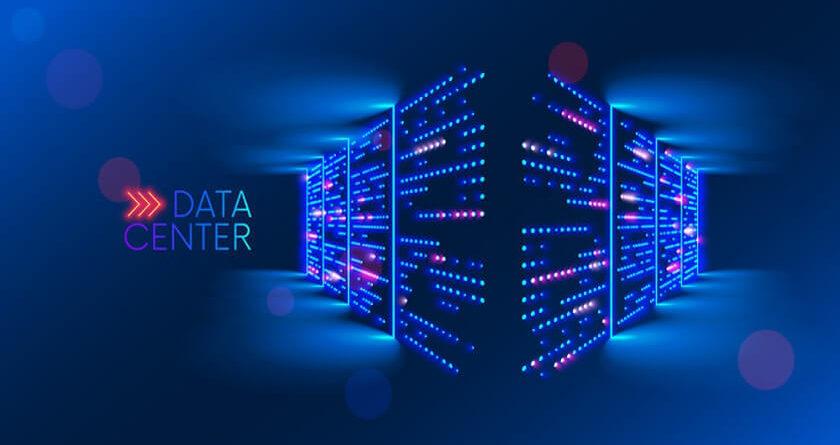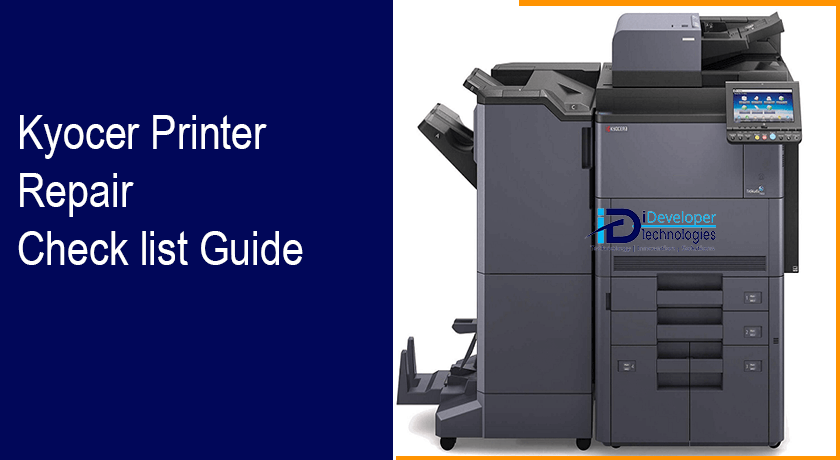In the current digital landscape, data holds paramount importance. Server Backup in Kenya remain essential…

Data Center Design: Top 6 Checklist
Data center design in Kenya and also globally, is a massive undertaking that necessitates a significant amount of time, effort, and money particularly for your small medium or large organization. Server Rooms installation and Deployment solutions in Kenya are highly sought and require top-notch skills to deliver successfully.
When done correctly, a data center facility can house servers and other IT equipment for decades. Whether the Data center in Kenya is for a small facility, for a single company or a massive, million-plus square-foot facility for cloud technologies, getting everything right is critical. The advice provided in this article will assist you.
But what is Data Center? one may ask what about it! simply put it’s a physical facility that most organization use to house their critical application and data. it’s based on a network of computing and storage resources that enable the delivery of shared application and data.
Typically server installation, networking devices and storage resource networked together to ensure a large pull of resource for use within an organization.
Top 6 Checklist for Data Center Design and Installation
1. Room for Growth
Investing in a data center will be extremely expensive. The cost of retrofitting an existing facility or designing a massive one would be significant. This is why many businesses construct a data center that meets their current needs but does not plan for the future. When considering your company’s future data center needs in Kenya, keep the following points in mind:
i. Floor space
How much floor space do you require today? Do you think this will grow over time? It is far less expensive to build what you require now than to attempt a renovation in a few years.
ii. Power Requirements
A data center’s electrical requirements can be quite large. Plan carefully for your current needs as well as potential future requirements.
iii. Cooling Requirements
As more hardware is added to a data center, the heat generated must be eliminated. Because new cooling units are extremely expensive, investing in the right ones upfront is critical.
iv. Server Space
Now is the time to find the right server racks that will allow you to effectively house your equipment while also leaving room for future growth. Rows of empty racks in many new data centers aid in airflow until they are filled.
2. Plan for Data Center support team
When designing a data center for your organization in Kenya, the majority of the effort will be focused on the actual areas where the servers and other equipment will be kept.
However, another critical consideration will be the location from which the support team will operate. In most cases, this will be an office space just outside the data center.
This team will use advanced monitoring equipment to keep track of what is going on in the data center at all times. Where applicable, the team should include IT professionals who will support the data center’s hardware and software, as well as other personnel who will support the cooling systems, humidity levels, wiring, physical server racks, and more.
Having a place for them to work allows for faster response to outages as well as easy access for ongoing maintenance and upgrades.
3. Optimize Data Center for Cooling
Appropriate temperatures are one of the most important factors to consider when designing a data center for your organization in Kenya. This in order to keep your equipment running.
Extremely high temperatures can cause potentially catastrophic hardware failures, which can cost millions to replace. As a result, you should devote a significant amount of time to designing the cooling and airflow systems for your data center. Occasional preventive maintenance, installation and configuration of the systems is required.
The first consideration should be the type of air-cooling system to be used. There are numerous options available, and the one you choose will be determined by factors such as your budget, region of the world, electricity cost, and others. These are some of the most common types of cooling systems on the market today.
-
Traditional Air Conditioning
Industrial air conditioners efficiently chill air and transport it to its destination. While energy-intensive, air conditioning units can keep a data center at the exact temperature you require.
-
Water Cooling Units
Water cooling is significantly more efficient than many other methods. People frequently construct data centers near the ocean or other large bodies of water specifically so that this type of cooling is available.
-
Outdoor Air Cooling
In regions where the temperature outside is cold for much of the year, it is possible to cool a data center using outdoor air.
-
Localized Cooling
In this option, a cooling unit is placed for each ‘warm row’ of the data center so that air does not have to be transported through ducting, making it more efficient. Additionally, it enables precision cooling based on the needs of your equipment.
Read: Factors to consider while buying servers for your organization
4. Smart Data Airflow Management
Smart data airflow management is critical for getting the cool air where it needs to go and getting rid of the heated air. This is not only critical, but it also keeps cooling costs to a minimum.
In many cases, a smart airflow plan can cut your cooling costs by up to 40%. There are several steps to developing an airflow strategy, including:
-
Main Intake & Exhaust
It is critical to plan where the cool air will enter and where the warm air will exit. To achieve the best results in this area, learn about the hot aisle/cold aisle concept.
-
Server Rack Airflow
It is critical to have adequate airflow within each server rack. Using filler panels (also known as blanking panels) will help you plan your strategy more effectively.
-
Aisles Segmented
When using the hot aisle/cold aisle strategy, it is critical to use physical barriers above and around each aisle to direct air where it belongs.
5. No Neglecting Physical Security
Data centers house a lot of high-priced equipment. Furthermore, most facilities will have important, if not sensitive, data flowing in and out at all times. One of the most important reasons for building data centers is to keep all of this safe. With this in mind, physical security features and must be considered when designing a new facility.
Even if you are designing a small data center with no sensitive information, it is critical to ensure that only authorized people come and go. This is due to the need to know who is working on machines and why.
Furthermore, every time someone enters the data center, they bring dust and other contaminants with them, which should be kept to a minimum, which is why only authorized personnel are allowed in.
Physical security is especially important in large facilities or those containing highly sensitive data. Physical barriers will be installed at many large-scale data centers to prevent unauthorized access to the property.
Once on the property, there are locked doors, and security guards are required to enter the building. Finally, there are more secure doors to enter the actual data center.
In most cases, these doors are equipped with biometric scanners to ensure that only authorized individuals have access.
Finally, investing in enclosed server racks contributes to long-term physical security of data centers for your business in Kenya. Because they are typically lockable, these server racks help to prevent both theft and potential damage. Data center administrators can control who has genuine access to the servers.
6. Proper Structural Cabling
A smart network and structured cabling strategy will help to reduce outages, speed up troubleshooting, and make adding new equipment easier, among other benefits. Without a good wiring plan in place, a data center can quickly become a huge mess.
A good cable management plan will be required in two major areas. First, look inside the server racks. Dozens, if not hundreds, of cables must enter and exit server racks, so it is critical that they are properly routed to avoid tangles and other problems. Using horizontal or vertical cable managers can be extremely beneficial in this situation.
The cables must then be neatly routed to their destination. Depending on the data center design in Kenya, this usually entails running them under the flooring or in the ceiling. Make sure to label the cables on both ends in all of these areas for easier troubleshooting.
Proper Data Center Design
It is critical that you plan your data center design for your business in Kenya carefully. These suggestions are a great place to start and will help ensure that your facility runs smoothly from the start.



